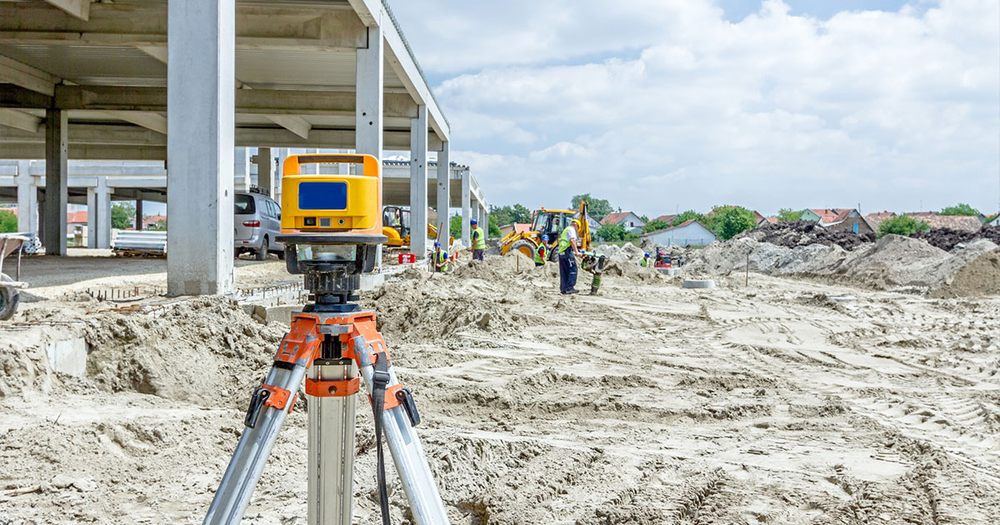
Diode-based light tools are capable of handling small and big projects, with emphasis on big. Whether you need to check grades before building a road or building, leveling can help you identify and prepare the peaks and valleys in the land you are surveying. Among the many level instruments, laser levels stand at the top as the most accurate and convenient construction-grade levels around.
Laser-level technology on the job site is an invaluable addition that reduces the risk of operator error and improves accuracy in your measurements. A bright red or green laser beam projects lines or dots across great distances. On the worksite, laser levels can get the job done fast. When surveying highways and roads, speedy surveying is critical.
For the highest performance, lasers emit a small straight line that can help when referencing horizontal and vertical planes on-site. The rule of thumb is “smaller is better” when it comes to accuracy. Laser levels are a critical part of the development phase, one simple mistake and measurement can lead to a world of hurt ranging from lawsuits to a bad reputation.
In some areas with high foot traffic, an invisible laser can help get the project done. All of these levels have small laser diodes powered by disposable or rechargeable batteries. Furthermore, laser levels can be mounted on tripods, wall brackets, or other special columns depending on the environment you are working in to get horizontal and vertical reference points.
When choosing the right professional laser level for your line of work, there are few things you should consider. Since not all laser levels are created equal, it is important to spend some time considering these factors to avoid spending more time and money on an upgrade/replacement for a while.
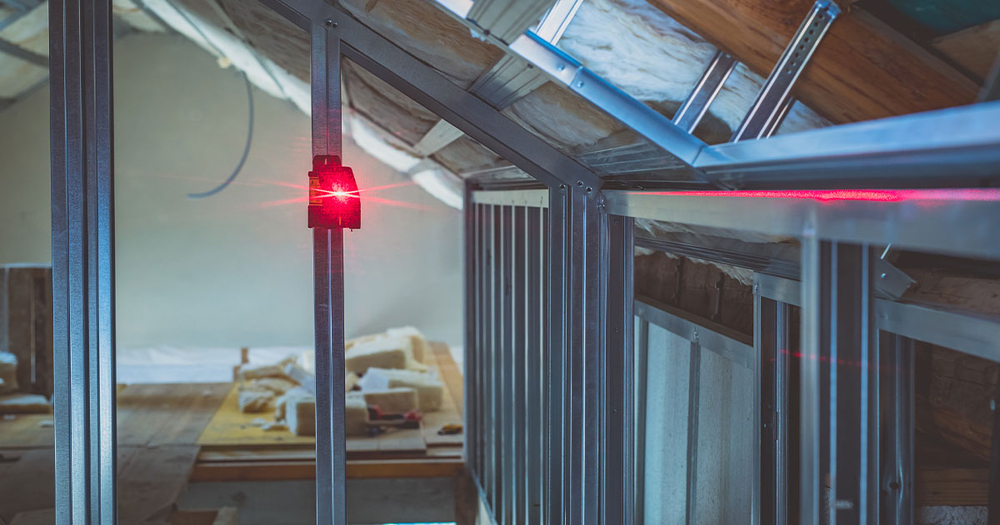
Whether you go manual or auto, you still get an incredible level of accuracy from your tool. An automatic self-leveling laser, also known as a self-leveling laser level, can do all the heavy lifting for you. Simply turn them on, level them up with the leveling knobs, and the self-leveling feature will produce a true level line. Self-leveling technology uses an Out-of-level warning for superior stability. If you bump into it, the laser will pause and indicate a calibration error so you do not accidentally ruin the measurements.
A manual laser can offer the same level of precision as a self-leveling laser level, but requires a more adept hand since it will not automatically adjust to the X and Y-axis . Once you set it up, it will keep running even if they are knocked a bit. For internal layout projects, a manual laser level can do the trick.
When it comes to laser levels, you can choose from different types of beams. For grade leveling, a horizontal laser can help you determine and eliminate any variations in grade on your land. Dual-beam lasers offer you two beams, one horizontal and the other vertical. For the ultimate in beam technology, some levels offer vertical, horizontal, and 360-degree orientation.
Green or red? There is a difference in visibility between the two. Green laser beams are more visible in bright light making them more versatile for a wide variety of job sites. They are the best option for large indoor jobs where visibility is key. Red beams, however, use less energy are less expensive and can work in most outdoor surveying and development jobs. Green provides an exponential increase in power making them the best choice for large projects. For best results, it is better to have both on hand depending on the worksite.
Consider the power source of your laser level. How long does it run with a single charge or a pair of batteries? How long would a rechargeable battery last? What is the Amp-hour rating and voltage? Models vary in how long they run and can go up to 30 hours without needing to replace the batteries. The Amp-hour rating indicates how long your rechargeable battery will last. Higher voltage means brighter beams but will not affect the range. Do your instruments have an automatic shutdown or hibernation mode that prevents overuse?
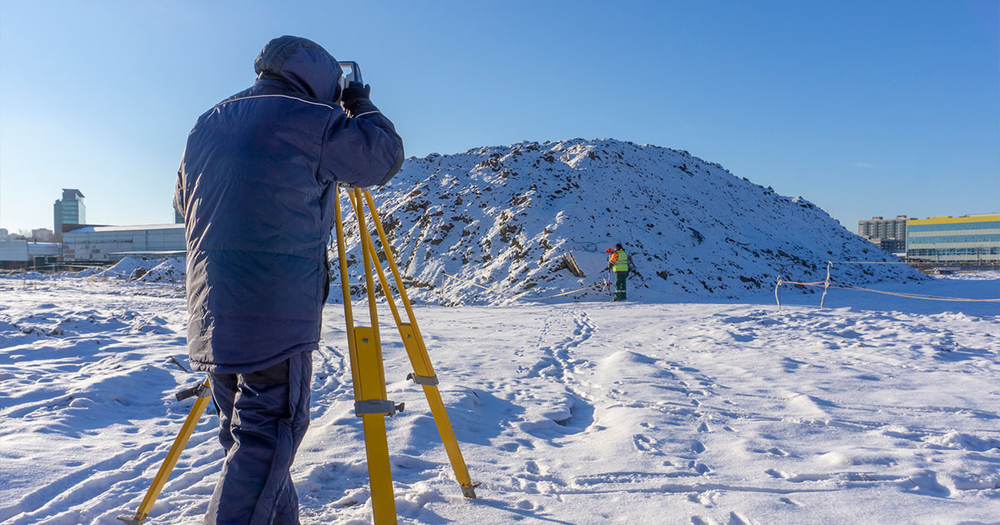
If you are working in extreme conditions, consider the vast operating range temperature of your tool. While this feature may come at a price, you may need it if you are working in severe weather conditions.
Are you looking to mount your tool? Many levels have mounting capability (⅝”x11 threads are most common but you will also find ¼”x20 threads) so you can perform your job without having to use your hands on the level. Some laser levels have mounting accessories that will allow you to position them on different surfaces such as a wall or a manhole. The most common mounting option is a tripod.
Whether you are working outdoors or indoors, you want a laser level with a high ingress protection (IP) rating. It indicates the level of protection it has against dust and water. When it comes to durability, go with a high IP. For small indoor projects, IP rating is not as relevant.
If you want to streamline your project, a remote control capability allows you to cut down your labor by controlling your laser level remotely. Keep in mind, a laser level’s remote capabilities vary in range. They can go up to half of the level's operating distance.
In addition, you want a laser level that indicates the power level to see how much battery you have left. Other indicators pop up when something is amiss in your product. Whether it is an audible sound or a flashing light, your laser level should tell you when it is not calibrating correctly.
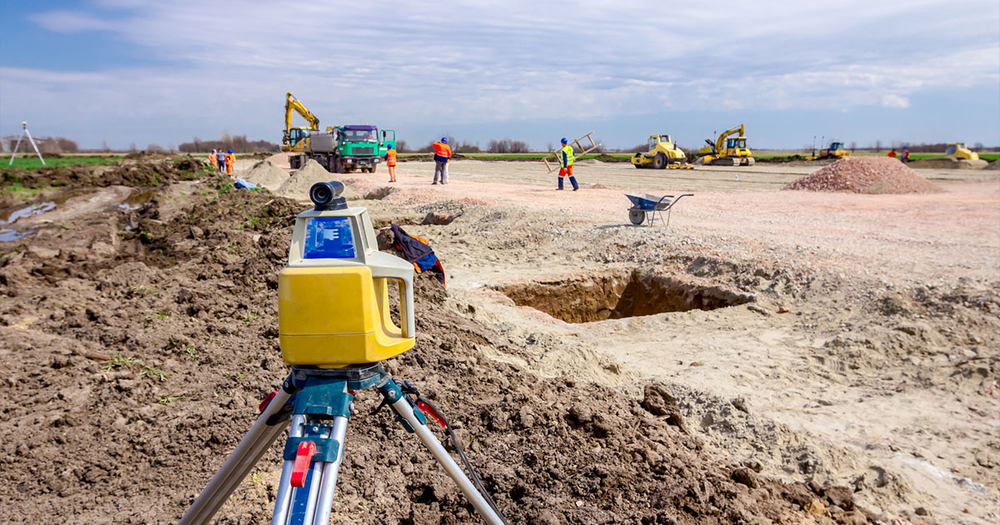
As leveling technology has progressed, laser levels have become more accessible and precise over the years. When shopping for the right laser level for you, you will have to choose between a variety of different laser levels. Level types will vary based on your work environment.
Dot lasers, also known as plumb lasers, emit a single or multiple dots on a surface. Similar to a reference point or laser plumb bob, they can provide you an accurate reference point and are easy to use. Dot lasers are the best for determining if structures such as pipes (that go from roof to floor) and the wall are plumb.
The most common types of levels are line-level lasers. Also known as laser line generators, they emit a line on a wall in a single line or crosshair fashion. Generally emitting a single line, a line laser level is preferred for indoor use. These portable and handheld devices can be placed on equipment such as a ladder or sawhorse. You can also mount them on a laser platform or lightweight jamb-pole. A line laser can project 360° or forward.
Rotary laser levels shoot a level line 360 degrees around the entire indoor facility. Slightly bigger than other levels, they are meant to be mounted on surveying tripods. Some levels can work laid on their side with an attached trivet that can help you emit lights on a vertical project. A single laser rapidly rotates around, which looks like a straight line.
Rotary lasers are excellent for indoor projects and can also work outdoors with the help of a laser detector/receiver. In daylight, the human eye is not capable of seeing this rotary laser at great lengths. Choose from dual or single slope models. Dual slopes can move two lines across the X & Y axis, while a single slope only projects it along the y-axis.
Grade lasers, also called slope lasers, are a type of rotary laser for jobs that require a precise grade. Good for huge outdoor projects, a grade laser can help you layout a construction site. Choose between single and dual-grade lasers. A single grade laser gives you slope information for a single axis, while a dual grade laser gives information of two slopes on separate axes.
Best Grade Laser: Spectra Precision GL412N and GL422N Grade Lasers
A pipe laser is a type of grade laser used for piping projects. Also known as utility construction lasers, they can work above ground, in manholes, or pipes.
Best Pipe Laser: Spectra Precision DG613/DG813 Pipe Lasers
If you are going to be investing in a high-quality laser level, you are going to need a few land surveying accessories to make your measuring easier.
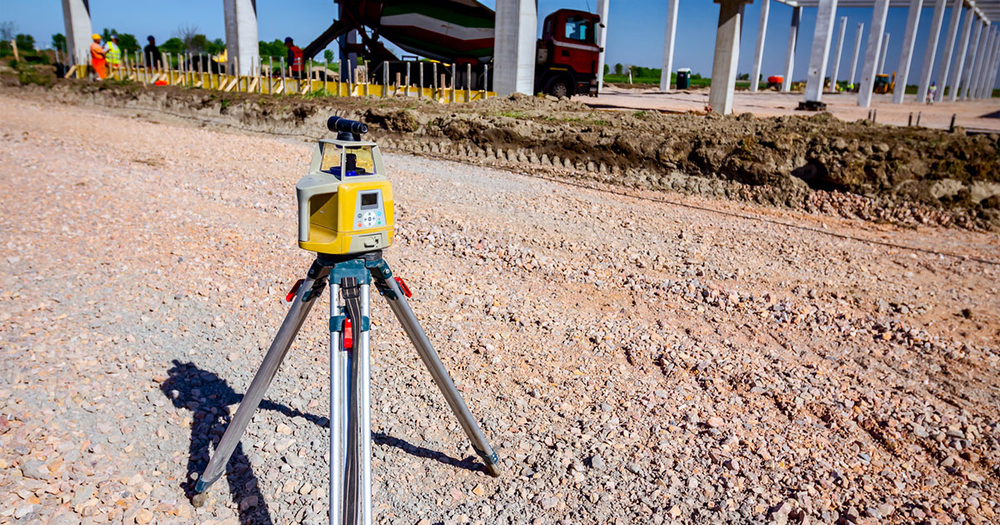
Laser levels come in all shapes and sizes with a variety of features. From variable rotation speeds to remote control capabilities, there is a large selection of attachments and features you can select. When it comes to shopping for these measurement tools, it is better to do your research and consider the jobs you will be completing. Consider the range of your professional laser level to get the right one. .
Professional contractors may require a device that works both indoors and outdoors. Baseline Equipment provides you with high performance, long-range, durable, and heavy duty laser levels. Get the project done right the first time with the best laser from Baseline Equipment.